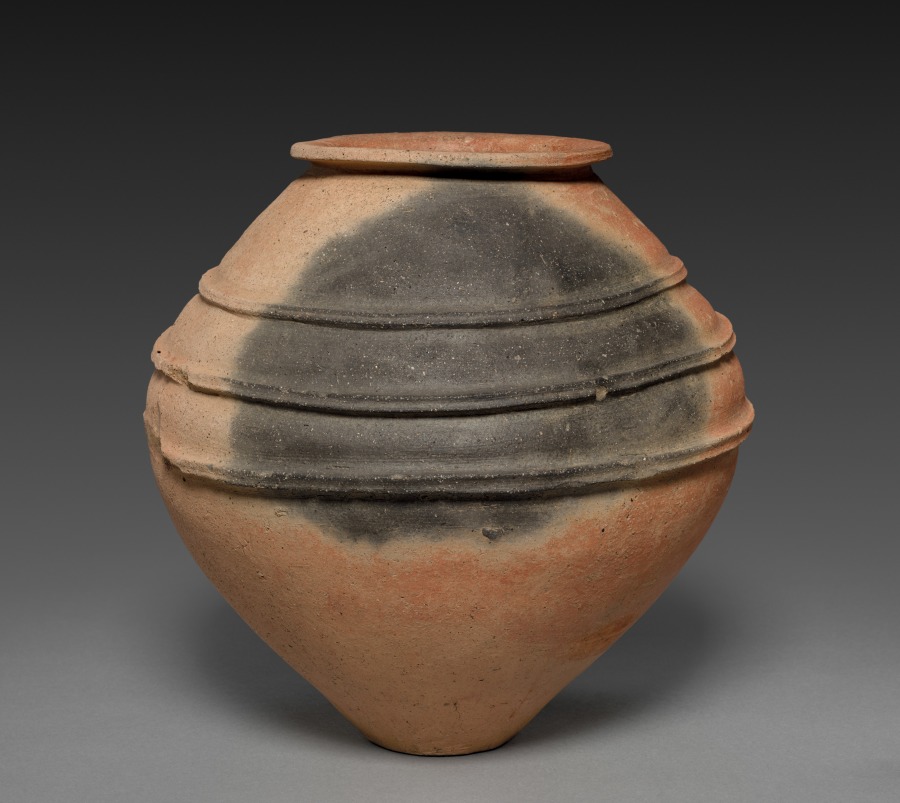| schema:description 9 | "culture: Japan, Yayoi period (c. 300 BC-AD 400)" |
| schema:description | "type: Ceramic" |
| schema:description | "technique: burnished earthenware" |
| schema:description | "collection: Japanese Art" |
| schema:description | "measurements: Diameter: 29.8 cm (11 3/4 in.); Overall: 19 cm (7 1/2 in.)" |
| schema:description | "creditline: Purchase from the J. H. Wade Fund" |
| schema:description | "tombstone: Jar, c. 100 BC-100 AD. Japan, Yayoi period (c. 300 BC-AD 400). Burnished earthenware; diameter: 29.8 cm (11 3/4 in.); overall: 19 cm (7 1/2 in.). The Cleveland Museum of Art, Purchase from the J. H. Wade Fund 1984.26...(more)" |
| schema:description | "wall_description: The banding around this jar’s upper portion is an unusual feature for Yayoi pottery, which usually has a flat surface. It was likely made in western Japan, between Seto in Aichi prefecture and Kyushu, the southernmost main island. It is not believed to be a cooking vessel, but may have been used for storage. The ash spots occurred naturally during firing....(more)" |
| schema:description | "id: 151950" |

